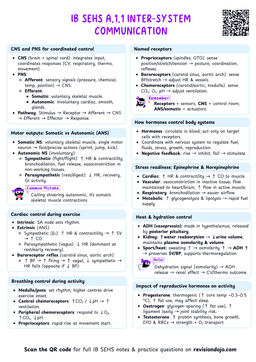Lipids Yield More Energy Per Gram
- Lipids yield ~37 kJ/g, while carbohydrates yield ~17 kJ/g.
- Lipids contain more carbon-hydrogen (C-H) bonds and less oxygen compared to carbohydrates.
- C-H bonds are highly oxidizable, they release substantial energy when broken down during cellular respiration.
- Carbohydrates already contain more oxygen, meaning they are partially oxidized and release less energy per gram.
More oxidizable hydrogen and carbon = more electrons for the electron transport chain = more ATP produced per gram.
NoteLipids are ideal for long-term energy storage because they pack more energy into a smaller mass.
Only Carbohydrates Can Be Used Anaerobically
- Carbohydrates enter via glycolysis:
- Glucose is broken down into pyruvate during glycolysis (occurs in the cytoplasm).
- Glycolysis produces small amounts of ATP and reduced NAD (NADH).
- This process does not require oxygen.
- If oxygen is unavailable (anaerobic respiration):
- Pyruvate is converted to lactate (in animals) or ethanol + CO₂ (in yeast).
- This regenerates NAD⁺, allowing glycolysis to continue producing ATP.
- If oxygen is available (aerobic respiration):
- Pyruvate enters the mitochondria and is fully oxidized via the Krebs cycle and electron transport chain.


